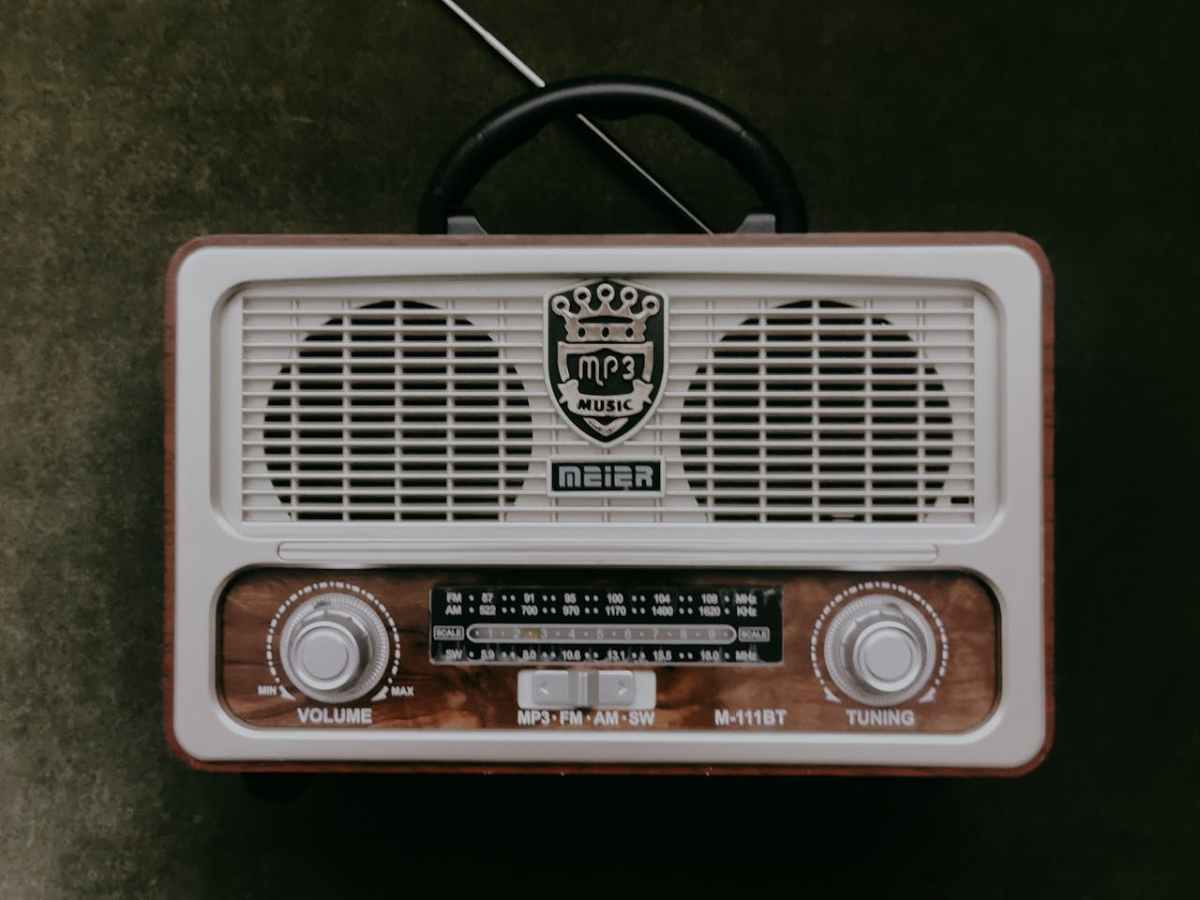- The radio spectrum is part of the electromagnetic spectrum, so these two concepts should not be confused.
- The radio spectrum refers to the channel through which wireless communications travel.
- The spectrum is a public resource that governments have a responsibility to manage with a long-term, holistic vision.
Radio spectrum: definition
The radio spectrum can be defined as the channel through which wireless communications currently travel.
The radio spectrum should not be confused with the electromagnetic spectrum, as the latter refers to the complete range of all electromagnetic wave frequencies, including X-rays and gamma rays.
The radio spectrum, on the other hand, refers to a limited and specific portion of the electromagnetic spectrum that covers the frequencies used in wireless telecommunications and broadcasting, such as radio, television, Wi-Fi and mobile telephony.
Some of the particularities of this subset of the electromagnetic spectrum are that it is both a limited and intangible natural resource.
Similarly, another characteristic feature is that its regulation and management falls to the relevant state bodies, depending on each country, since, due to its great strategic importance, it has an impact on the social, technological and even economic development of different states.
Spectrum use management
In line with this management of spectrum use, the European Union explains that, in order to prevent interference between different users, both the generation and transmission of electromagnetic waves are regulated by regional or national laws, with coordination at a higher, international level falling to the International Telecommunication Union (ITU), an organisation founded in 1865 and whose birthday, 17 May, is commemorated as Internet Day.
Returning to the EU – an organisation that is much younger than the ITU, having been founded in 1993, although its origins date back to the 1950s – and spectrum management, there are two essential functions in relation to radio spectrum management.
On the one hand, there is the process known as spectrum harmonisation, which aims to establish the technical conditions necessary for its use.
On the other hand, there is the allocation of spectrum to users, such as mobile operators or broadcasters, which may involve spectrum concessions and exclusive licensing regimes in certain bands.
Telefónica and the radio spectrum
Telefónica has a position on the radio spectrum in which it advocates administration by the competent organisations that is ‘intelligent and efficient with a holistic long-term vision’.
This importance stems from the fact that it is a ‘fundamental element for the digitalisation of society and the economy that should not respond to occasional public sector financing needs’.
With the aim of enabling customers to enjoy the networks they need, ‘since operators’ limited resources end up being spent on purchasing spectrum at artificially high prices instead of improving the coverage and capacity offered to users’, the operator presents a series of proposals on the tendering processes.
The first of these proposals involves limiting spectrum reserves for small and new operators to clear cases of lack of competition.
The second refers to setting reserve prices based on the value of the spectrum in alternative uses rather than on the estimated value to be paid.
The third involves offering economic incentives to operators who offer coverage commitments.
And the fourth involves increasing the duration of new licences, as well as enabling the renewal of existing ones in exchange for capacity or coverage commitments.









